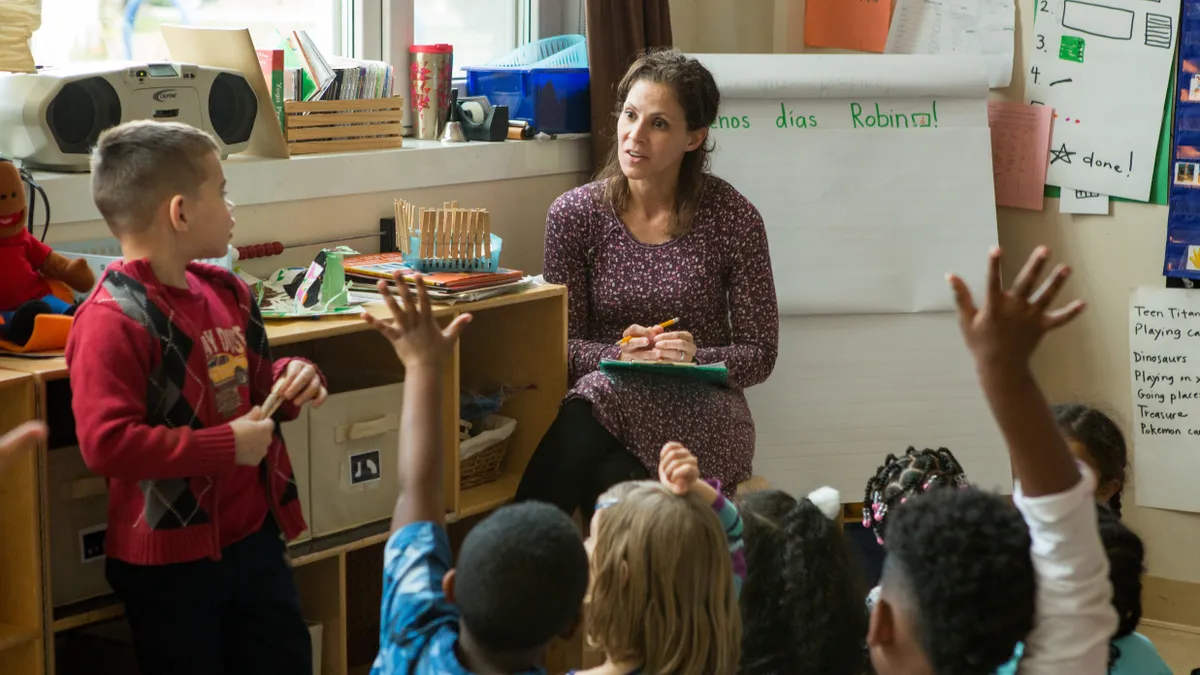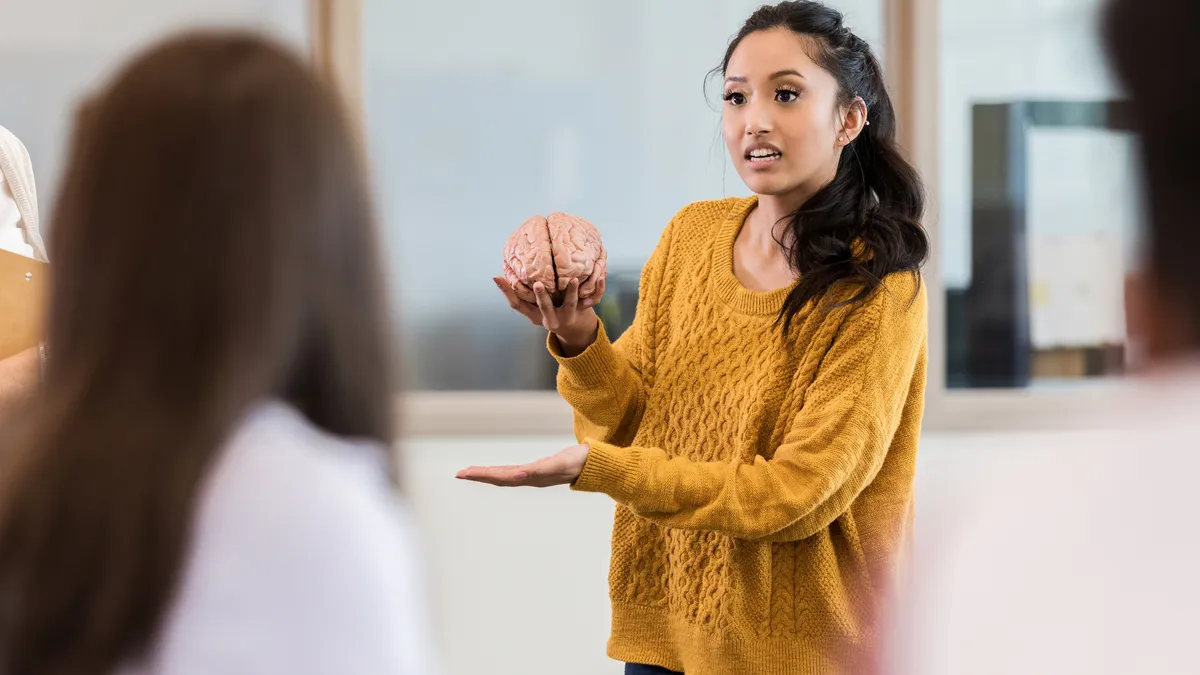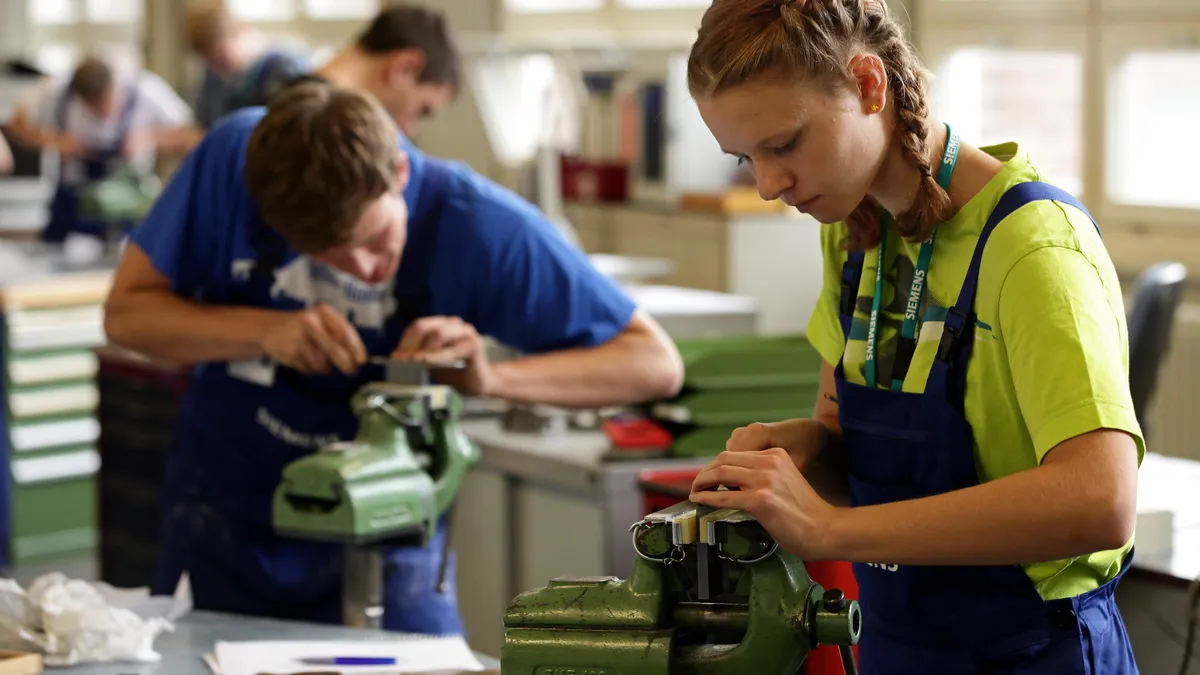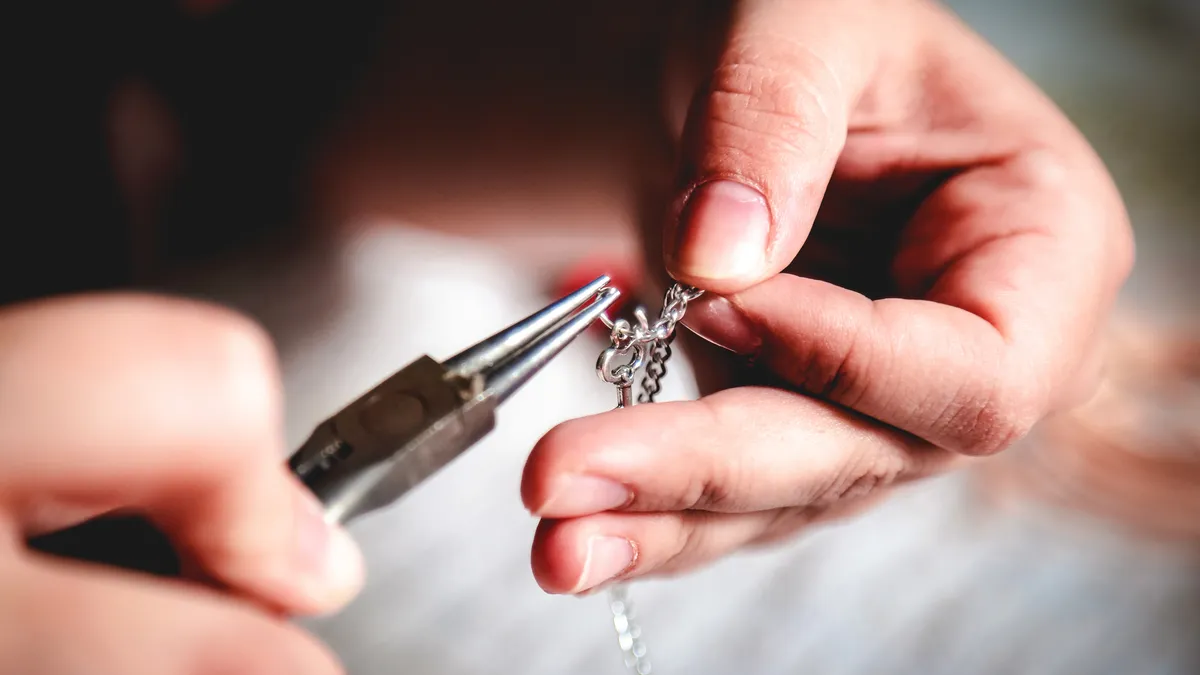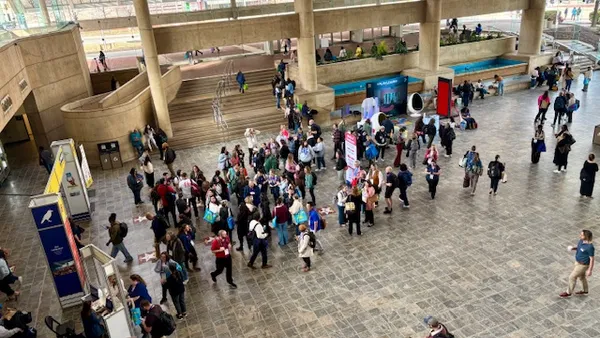Almost three-fourths of principals say developing students’ social and emotional skills is either their school’s top priority or one of the top goals, according to new results from the American Educator Panels, an ongoing project of the RAND Corp.
The surveys of both teachers and school leaders, however, showed teachers place more importance than principals on students developing specific skills, such as understanding and managing emotions, showing empathy, and setting and achieving positive goals.
“Although we can’t know for sure, one hypothesis is that the difference stems from the fact that teachers spend more time than principals interacting directly with students," Laura Hamilton, the lead author of the report, said in an email. "Teachers, therefore, might be more attuned to the skills that students bring to school and the need for students to develop and apply these skills in the classroom."
But principals were more likely than teachers to strongly agree that social-emotional learning (SEL) programs can lead to improvement in other areas, such as student achievement, school climate and student behavior.
The survey responses come as advocates for SEL in school are hopeful that they will see additional resources from the federal government for these programs. The U.S. House Committee on Appropriations has released a fiscal year 2020 budget proposal that includes $260 million for SEL and “whole-child” approaches.
The initiative would provide $170 million for Education Innovation and Research grants, $25 million for professional development related to SEL, $25 million for mental health professionals and child development experts in schools, and $40 million for full-service community schools that address students' non-academic needs.
“This federal investment in SEL is a bold demonstration of support for our educators,” Joan Cole Duffell, executive director of the Committee for Children, an advocacy organization, said in a statement.
The House proposal is in contrast, however, with President Donald Trump’s budget plan, which would eliminate the Full-Service Community Schools and Promise Neighborhoods programs — both of which take a whole-child approach. The administration’s budget would also cut funding for professional development.
Integrating and measuring SEL
Past surveys of school leaders have indicated they want their teachers to have greater access to professional development related to SEL practices in the classroom. And lessons are now starting to emerge from some schools that have more experience with an integrated approach to including SEL in the curriculum.
A new case study from the Learning Policy Institute features Lakewood Elementary School in California’s Sunnyvale School District, where teachers focus instruction on specific SEL skills, follow a positive behavior system, and work in partnership with community organizations and agencies to increase students’ access to counseling.
The school also partners with San Jose State University and its Center for Reaching and Teaching the Whole Child. SJSU’s teacher education program stresses “the importance of directly teaching social and emotional competencies to students, but they try to first encourage teacher candidates to deepen their own social and emotional development,” according to the study.
As SEL programs become a more central component of teaching and learning, a recent paper from the Policy Analysis for California Education (PACE), however, shows measuring SEL outcomes among students is still a challenge.
The paper focuses on California’s CORE districts — a collaborative of school systems — which have been using a student survey to measure SEL since before collecting such data was encouraged as part of the Every Student Succeeds Act.
The PACE paper explores the extent to which a school contributes to students’ SEL skills — the same as measuring growth in students’ academic skills — and finds that estimates of these effects on SEL vary significantly from year to year.
“This lack of stability points to the likelihood that survey-based measures of SEL may not be accurate enough to create school growth measures that identify true differences in school performance consistently over time,” the researchers write.
But they add that they aren’t suggesting schools stop trying to measure SEL outcomes.
“The experience of the CORE districts shows that administrators and educators recognize the importance of SEL and SEL measurement and are willing to act on it,” they write. “As such, educators, administrators, policymakers and researchers should work together to further develop and improve SEL measurement for various uses.”
Customized approach needed
The RAND report notes that providing teachers with training on SEL — whether it’s on integrating skills into academic lessons or measuring student outcomes — is challenging because SEL initiatives look different across grade levels. Elementary schools tend to use a specific SEL curriculum. Lakewood Elementary, for example, uses Second Step, created by the Committee for Children. But at the middle and high school level, SEL efforts are often incorporated into larger school climate initiatives or classroom instruction.
If schools do receive additional funds for SEL efforts, they could use it to support coaching for educators on effective use of SEL strategies and using measurement data, Hamilton suggested.
"Given the broad range of approaches that schools are taking to implementing and measuring SEL, supports and guidance need to be customized so that they’re relevant to a school’s needs and approaches," she said. "This type of support could be offered through partnerships with organizations that provide SEL technical assistance or through research-practice partnerships that would enable schools and districts to try out new approaches and get feedback on how well those approaches are working and what changes they should make."
The report also notes SEL initiatives are often used to manage or improve student behavior, especially in high-poverty schools, which could raise “potential concerns about equity in students’ access to supportive, strengths-based SEL activities.”



